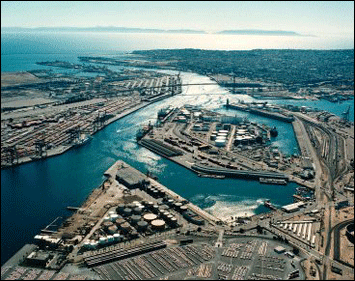Commentary on Industrial Markets
Week of June 25 – Need For Space
The industrial market during the Covid-19 period, now edging back to normality, is a lesson on disruption. The most visible example are container ships backed into the sea and unable to unload goods because there is not enough dock space available at the ports. It is the same at warehouses and container yards: too many products and not enough space.
Continue reading “Commentary on Industrial Markets”









